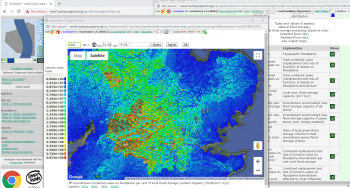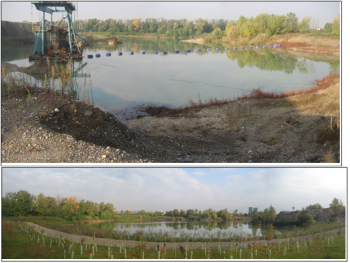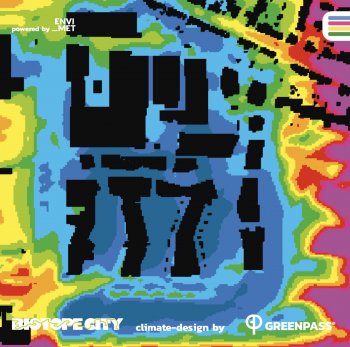City of Utrecht: growing with green ambitions
Utrecht is a fast growing and compact city with green ambitions. We have to respond to the challenges that lay ahead of us. We focus on Healthy Urban Living for Everyone, for all citizens because they have to live, work and play in it every day.
Due to densification, pressure on Utrecht’s public green space is increasing. With respect to climate change and quality of life — and within its vision of healthy urban living — Utrecht aspires to optimise and utilise ‘green’ and ‘blue’ (land and water) infrastructure as much as possible both to face the consequences of climate change and...More













